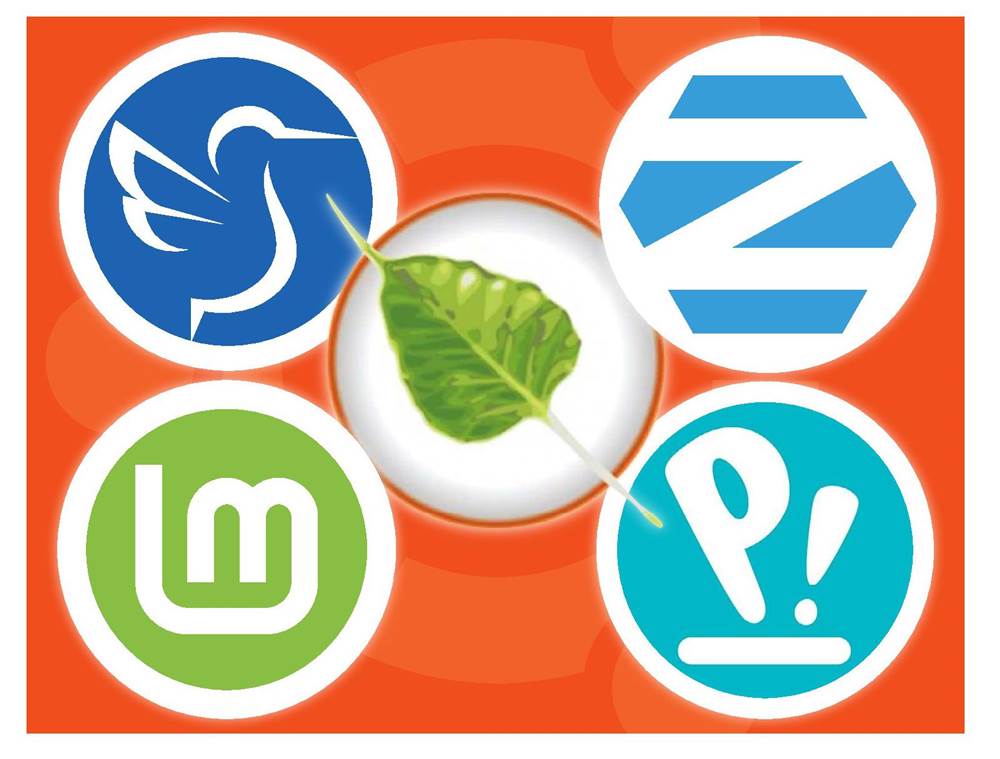Roundup
Ubuntu alternatives
WE COMPARE TONS OF STUFF SO YOU DON’T HAVE TO!
Michael Reed investigates Ubuntu progenies and finds that they each have their own take on a how a desktop should work…
Pop!_OS 21.10 Mint 20.2 Cinnamon Bodhi Linux 6.0.0 Lubuntu 21.10 Zorin OS 16 Core R4

Michael Reed likes all of his alternatives to be as alternative as possible.
HOW WE TESTED…
Having installed each distribution, it was time to start playing around. This consisted of using the distribution for a while to carry out typical desktop computer tasks such as browsing the web and running software such LibreOffice. We also tried installing some software using the package management facilities of the distribution, noting any difficulties along the way.
In addition to the standard desktop computer tests, we loaded each of the distributions up on an old laptop fitted with 2GB of RAM and a 1.66GHz single core hyperthreaded CPU, because we were curious to look for problems when the system is really under strain. To our satisfaction, all the distributions were usable on such a setup, but we would only consider Lubuntu and Bodhi as viable full-time OSes for this machine. Beyond 2GB of memory, the operating system and desktop becomes less of a factor, and substantial applications use a higher percentage of the total memory anyway.

This month, we’re looking at Ubuntu alternatives. These are Linux distributions that use Ubuntu as a base and then add customised functionality. This way of creating a distro makes a lot of sense because it guarantees the stability and massive software base and driver support of Ubuntu, while still giving the developers freedom to customise the experience.
Of the five distributions that we’re examining, only one – Lubuntu – is an official Ubuntu flavour, and the other four have been created by independent teams. You might feel some anxiety about stepping away from the standard Ubuntu release, but all of these distributions are quite popular, with substantial user bases. Although the outlook of these distributions is somewhat modern, they aren’t experimental; they’re all ready for day-to-day use as a main setup. We’re setting out to discover if they would be good enough to use as a daily driver, for experienced Linux users such as ourselves or, perhaps, users of other operating systems who might be tempted to switch.
We’ll tell you now: they’re all good distributions, and they all put you on the cutting edge of what a desktop Linux distribution has to offer, but they did have different strengths and weaknesses.
The default
applications
The default loadout helps to shape the personality of a distribution.
Pop!_OS comes with a slim selection of essential applications for general use such as Firefox as the web browser and Geany as the email client. There are some office applications such as LibreOffice, a USB image writer and a scanner tool. Overall, there’s a GNOME flavour with choices such as Totem video player and Evince document viewer, although this distribution seems to have picked up the odd GNOME habit of giving applications generic names such as Files, Videos and Document Viewer.